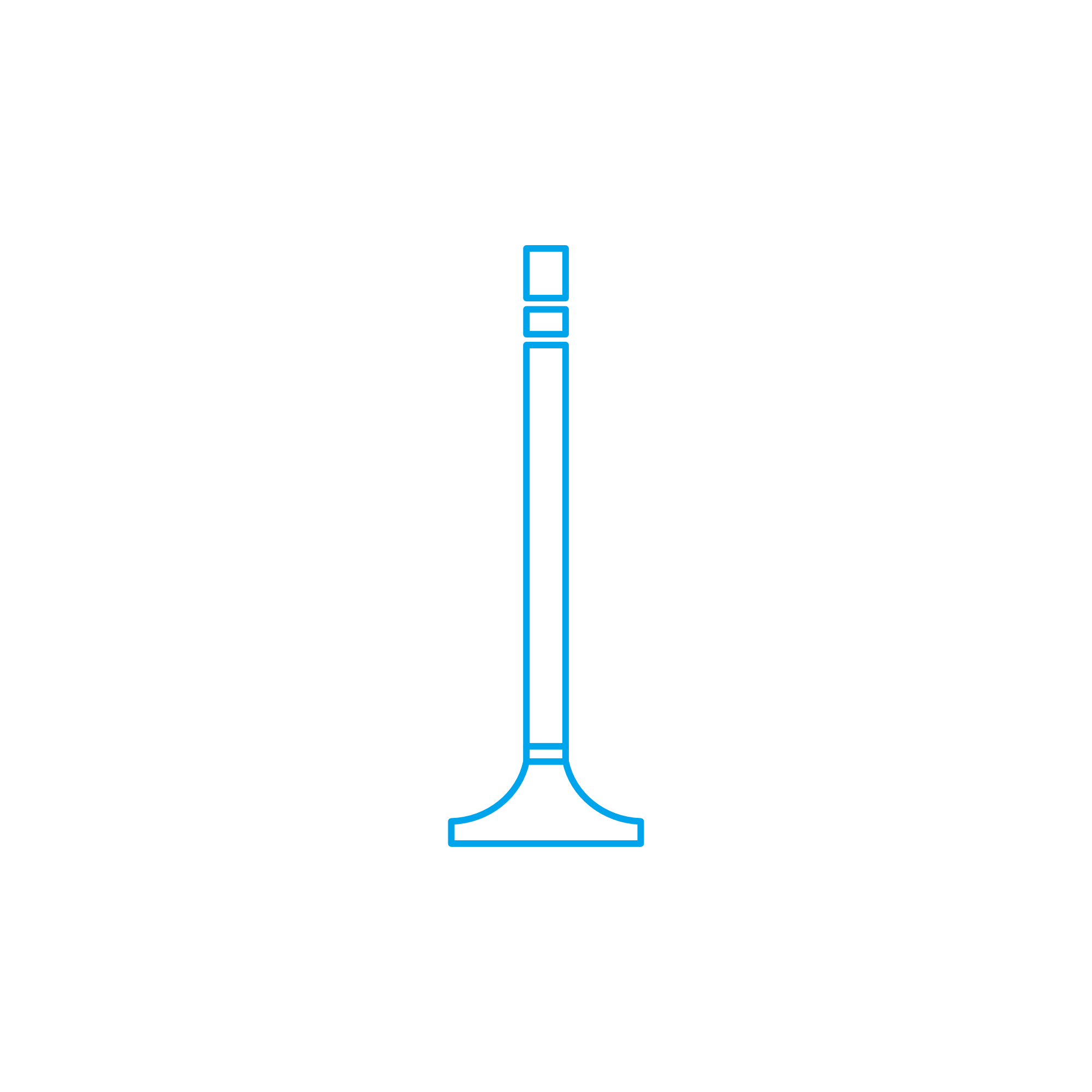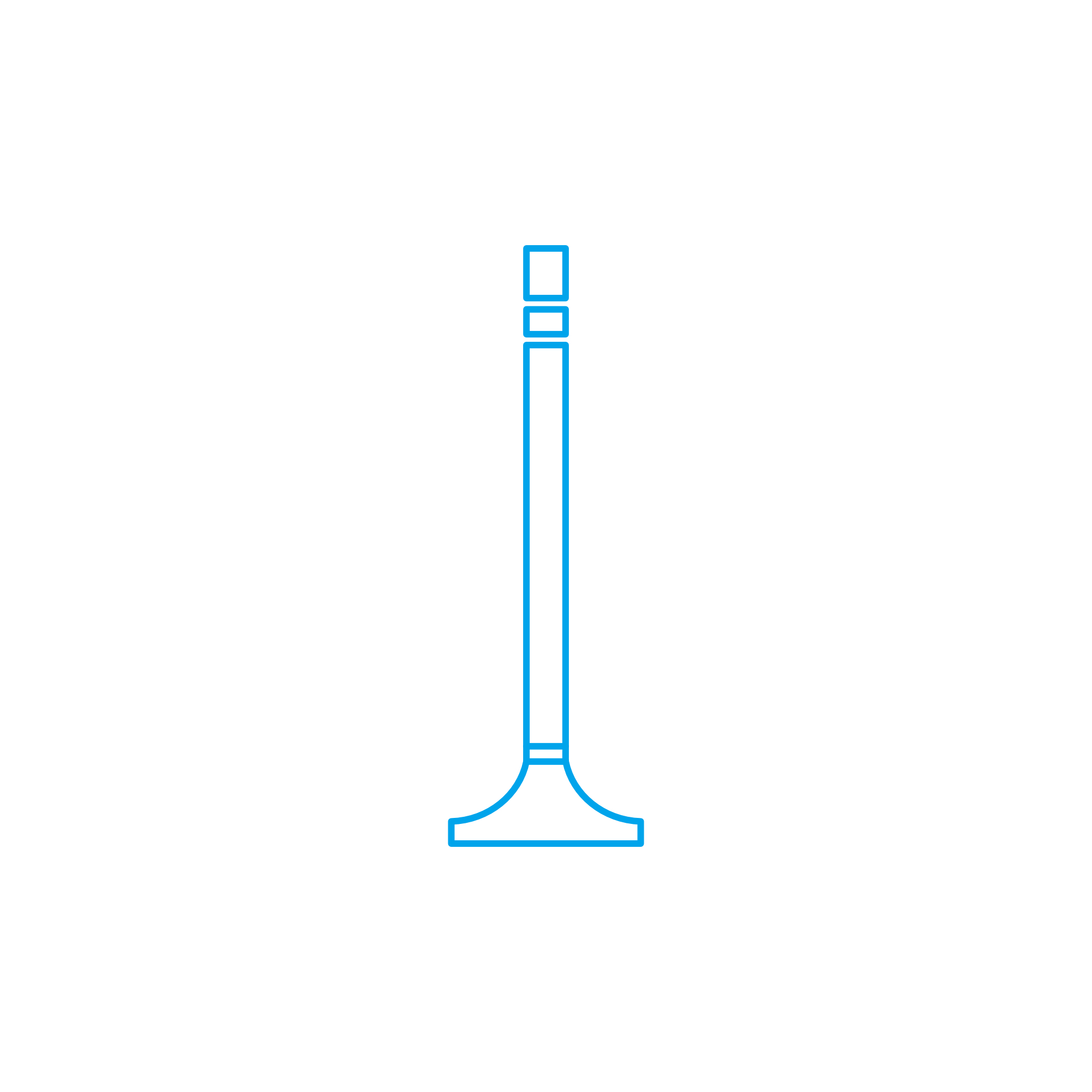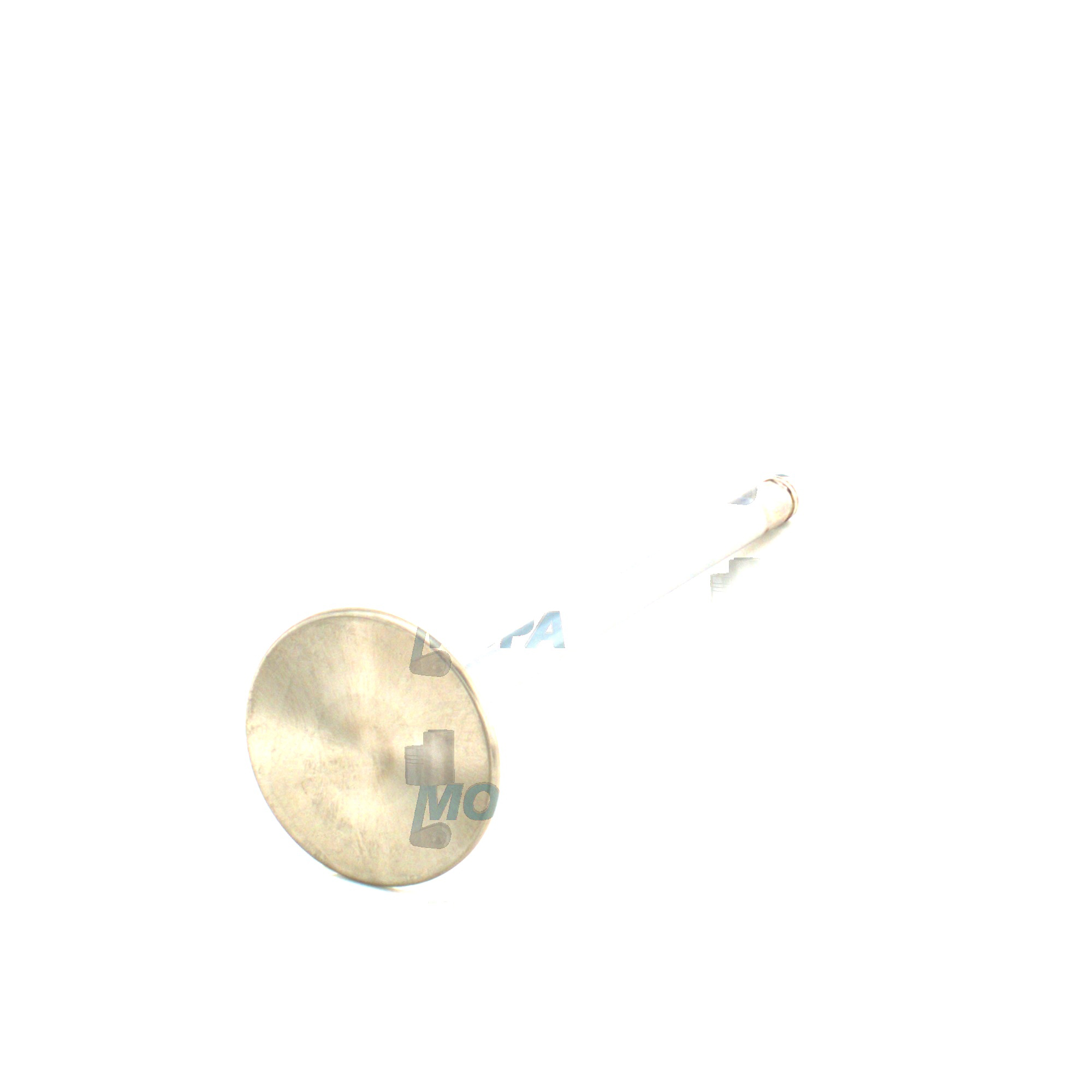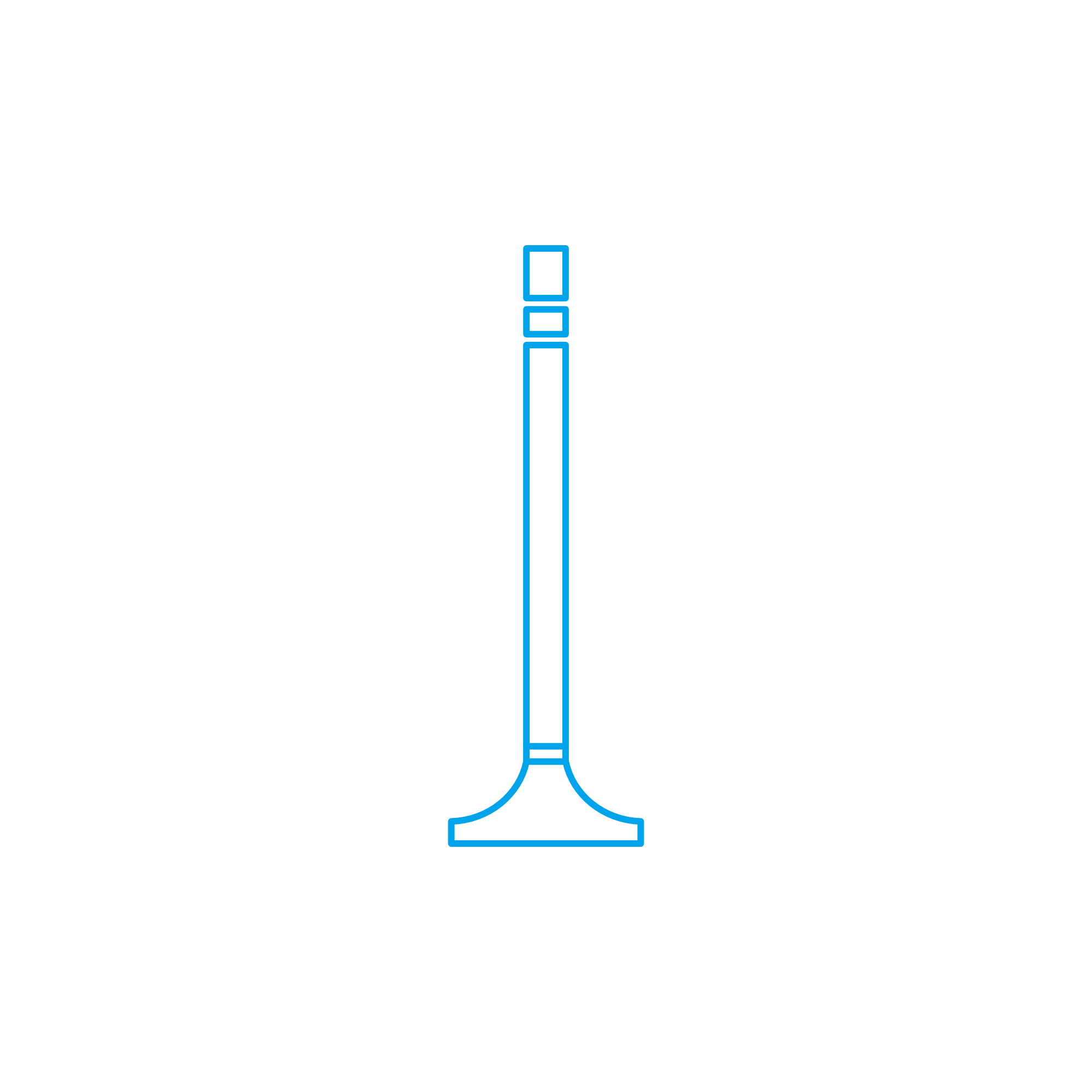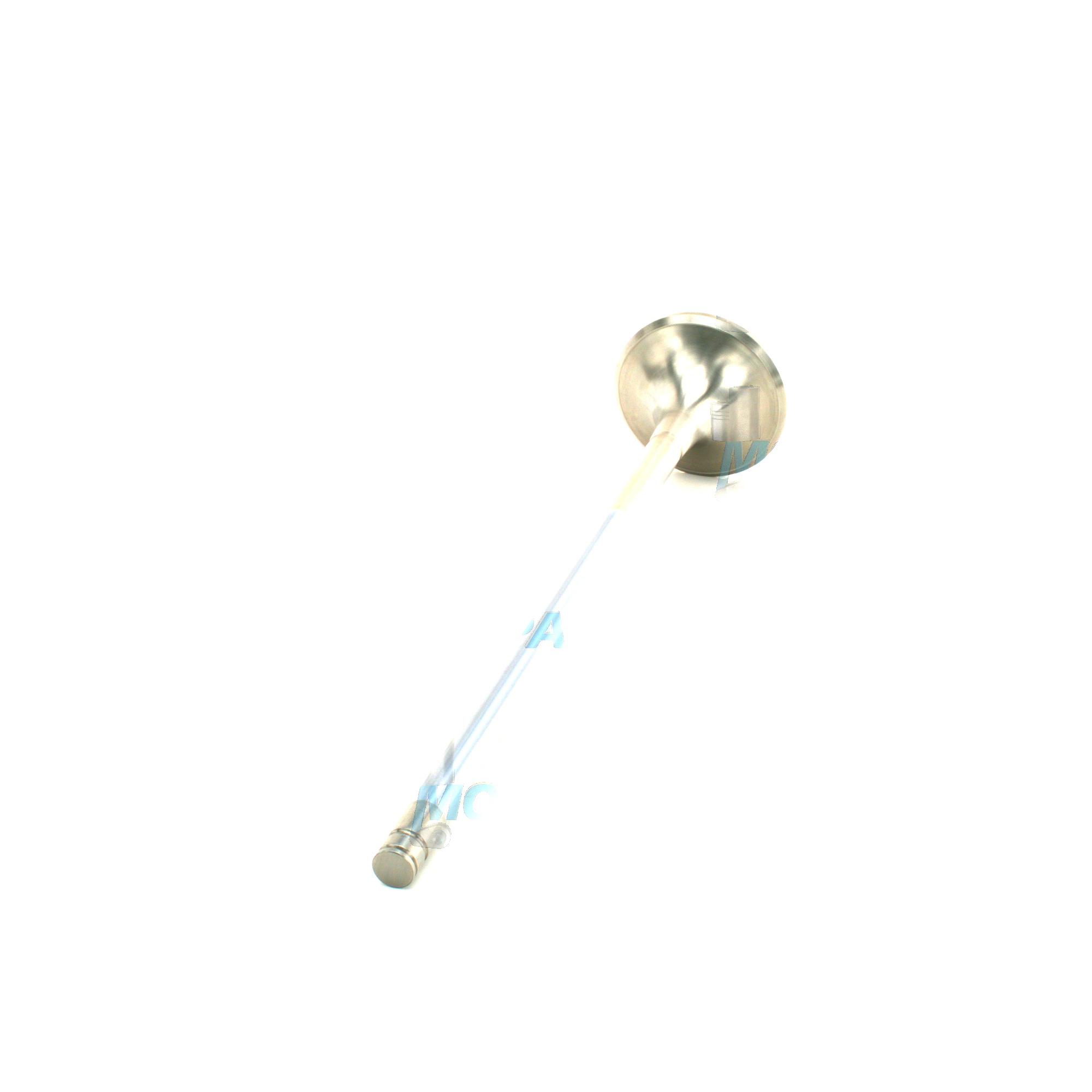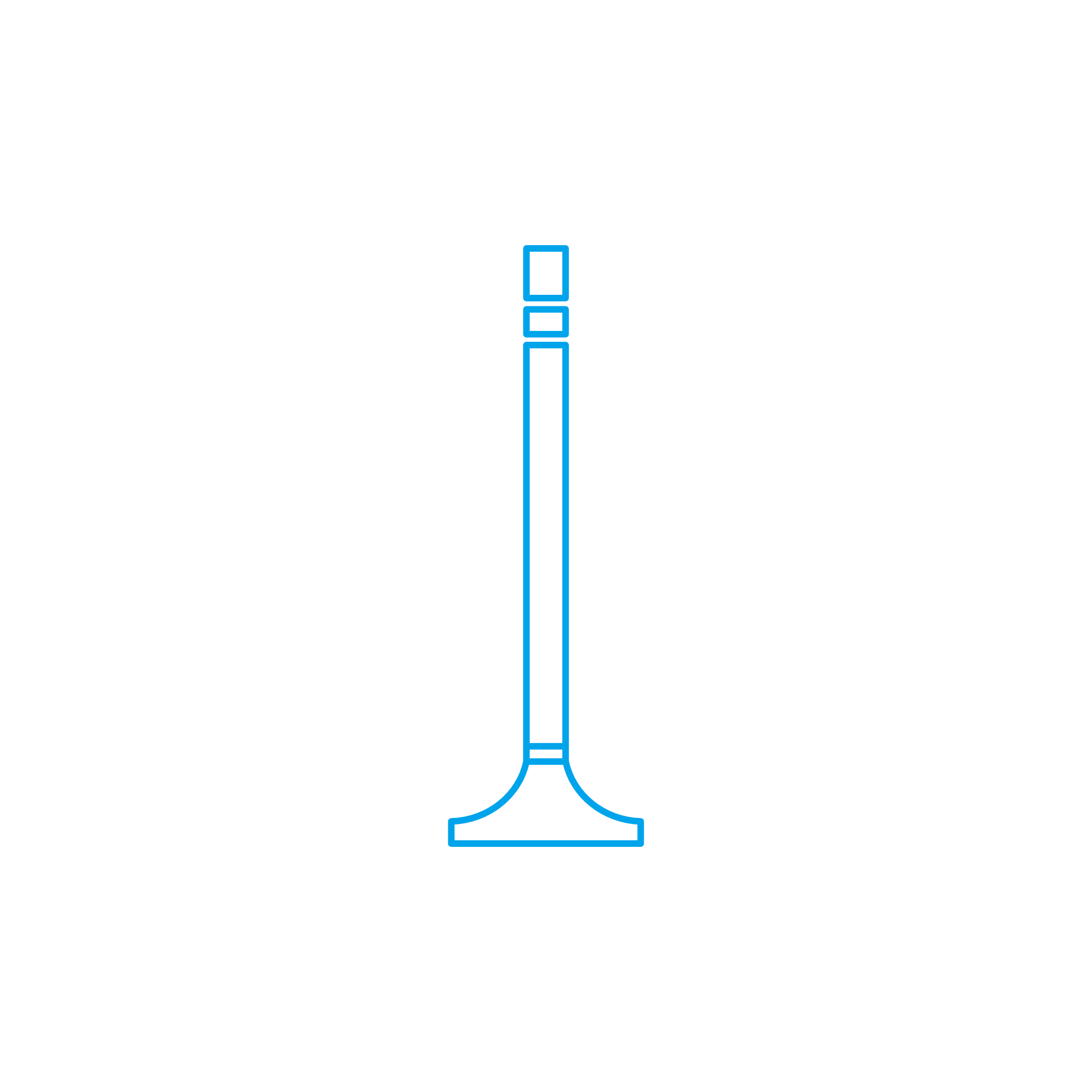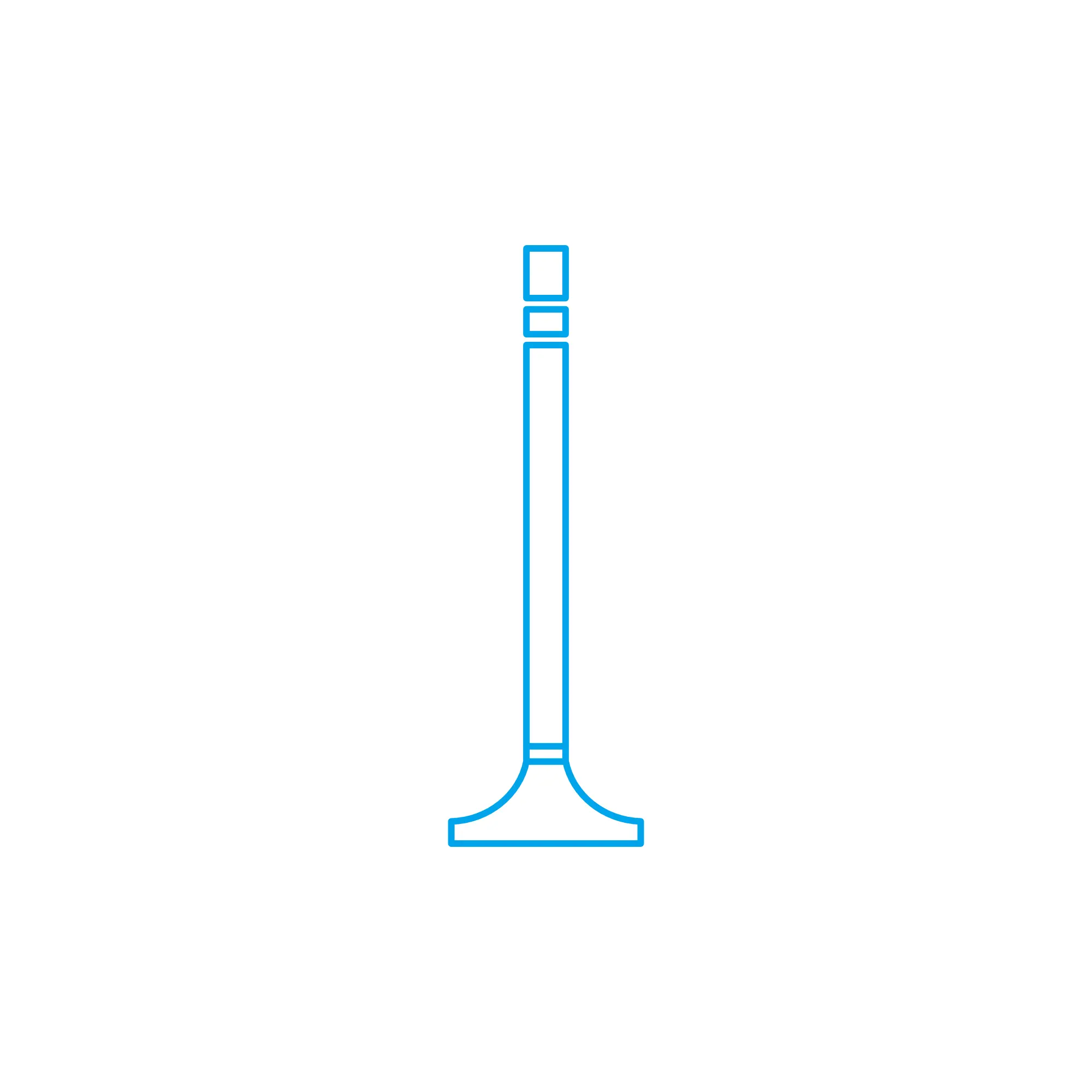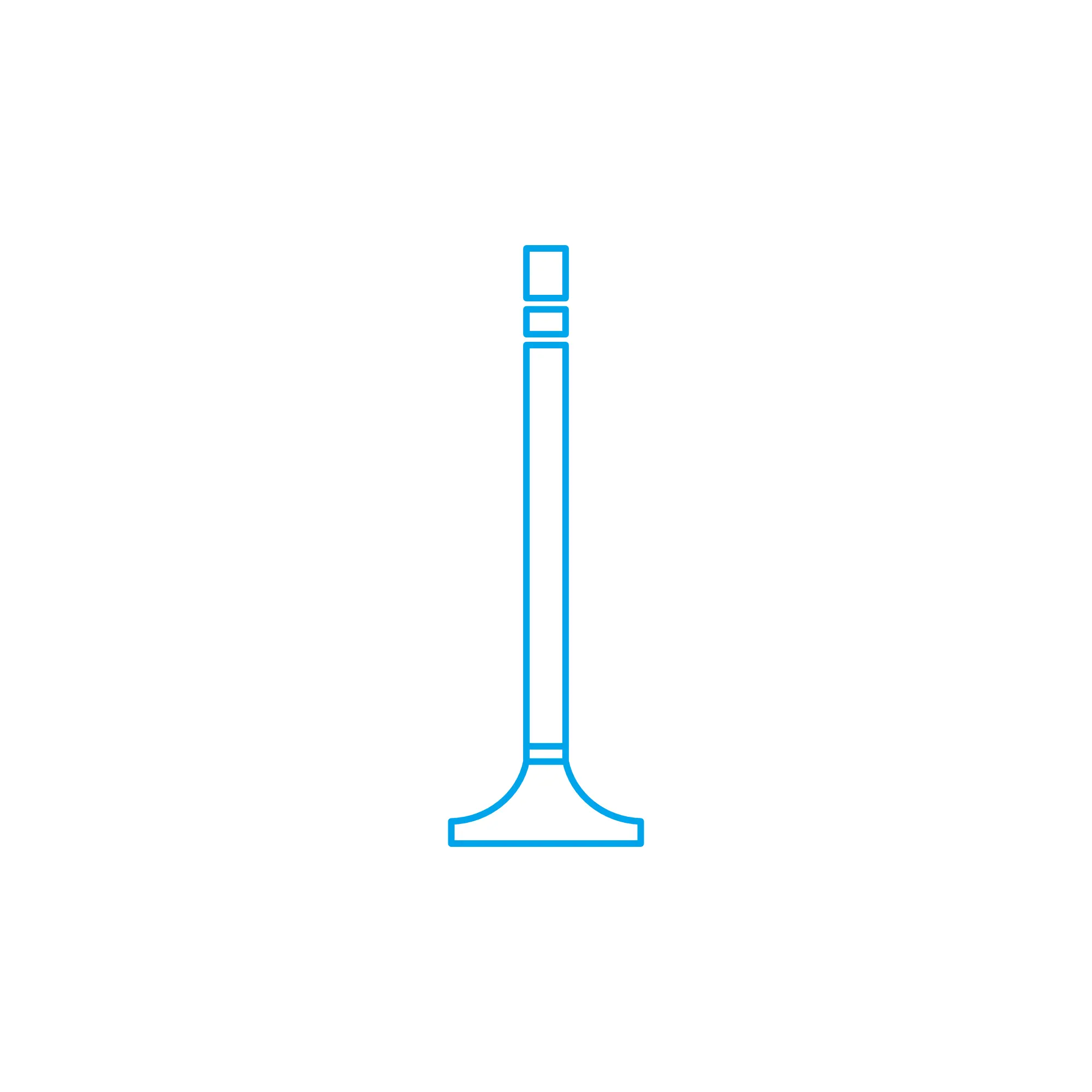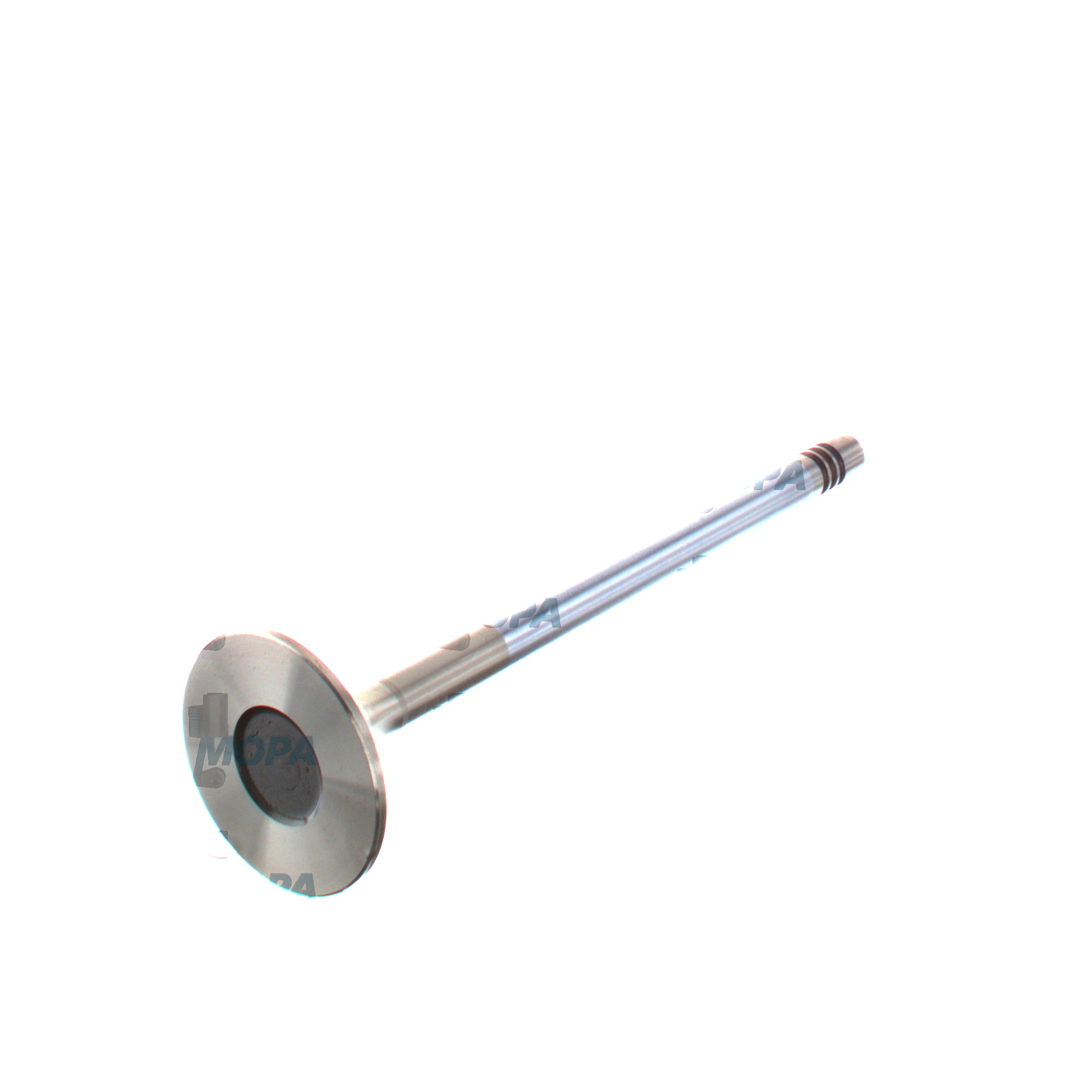EXHAUST VALVE CONE Valves for High-Performance Engines
Valves are precision mechanical components that control the gas exchange cycle in combustion engines. They open and close the combustion chamber at exactly defined moments, regulating the intake of fresh charge and the expulsion of exhaust gases. In heavy-duty applications—marine propulsion, auxiliary gensets, and industrial power—the robustness and sealing quality of valves directly influence power output, fuel economy, emissions, and service intervals.
Within the valve family, the exhaust valve and its conical sealing face—the EXHAUST VALVE CONE—are critical. The conical geometry mates with the seat ring to create a gas-tight seal under extreme thermal and mechanical loads. When engineered and maintained to specification, valves sustain cylinder compression, transfer heat efficiently to the cylinder head, and protect downstream components such as turbochargers and exhaust manifolds.
Technical function of valves and the EXHAUST VALVE CONE in diesel and marine engine service
In a four-stroke engine, the cam profile, tappets, rocker arms, and springs orchestrate the timed opening of intake and exhaust valves. The poppet head’s conical face (commonly ground at 45° with multi-angle reliefs) mates with the seat ring to seal the combustion chamber. During the exhaust stroke, the valve lifts to evacuate hot gases; during compression and power strokes, the EXHAUST VALVE CONE must seal perfectly to sustain peak cylinder pressure. In two-stroke crosshead engines with poppet exhaust, the function is similar during scavenging and blowdown phases.
The EXHAUST VALVE CONE marine engine environment is especially demanding: combustion temperatures exceed 800°C at the valve face, while thermal cycles induce high-frequency fatigue. Heat is removed primarily via the seat contact area into the water-cooled cylinder head and through the stem into the guide. Material selection—heat-resistant austenitic steels, nickel-based alloys, and cobalt-based hardfacing—ensures the conical face resists hot corrosion, erosion, and micro-welding. Precision of runout, seat width (typically 1.5–2.5 mm for many medium-speed units), and concentricity with the guide bore are decisive for sealing stability and heat transfer.
In a diesel engine, gas dynamics rely on accurate lift curves and minimal flow losses. A correctly profiled EXHAUST VALVE CONE diesel engine setup supports optimized blowdown, reduces residuals, and stabilizes turbine inlet temperature, contributing to turbocharger efficiency. Seat angles (e.g., 30°/45°/60° multi-angle) and back-cut geometry improve flow coefficient while preserving seat load for sealing. Stem surface treatments (chroming or nitriding), sodium-filled stems on certain high-output designs, and tip hardfacing reduce wear at guides and rocker interfaces. EXHAUST VALVE CONE OEM parts are manufactured to tight tolerances so that seat contact patterns, lash settings, and spring loads remain within the engine maker’s specification.
- · Precise conical sealing face for tight combustion chamber sealing.
- · Heat-resistant alloys and hardfacing for high-temperature durability.
- · Optimized seat width for cooling and long-term sealing stability.
- · Accurate runout and concentricity for reduced wear and lower blow-by.
- · Engineered lift profiles and back-cuts for improved gas flow.
- · Stem coatings and treatments for low friction and guide life.
- · Compatibility with diesel and gas engines in marine and stationary use.
Importance of valves for reliability and service life
Valves—especially exhaust valves—are among the most stressed components in any combustion engine. A clean, uniform contact band between the EXHAUST VALVE CONE and seat manages heat rejection and preserves compression. If this interface degrades, leakage increases, leading to poor starting, misfire, power loss, elevated specific fuel oil consumption, and higher exhaust temperatures. Long-term consequences include burnt valves, tuliping of the head, guide and seat hammering, and potential piston crown, liner, or turbocharger damage due to uncontrolled thermal loads.
Irregular lash, improper seat reconditioning, or non-conforming materials accelerate wear mechanisms such as hot corrosion (vanadium/sulfur deposits in heavy-fuel operation), micro-welding, and fretting. For shipowners and plant operators, protecting the valve-seat system is key to maintaining cylinder balance, extending overhaul intervals, and avoiding unplanned off-hire or production downtime.
Advantages of OEM spare parts suitable for Valves and the EXHAUST VALVE CONE
When replacing valves, seat rings, guides, or springs, dimensional and metallurgical fidelity is essential. OEM spare parts suitable for Valves ensure that seat angles, margin thickness, tip heights, stem diameters, and coatings match the engine’s design intent. This consistency stabilizes combustion pressure, reduces leakage, and keeps exhaust temperature spread within allowable limits across cylinders.
Using EXHAUST VALVE CONE OEM parts supports predictable performance over the entire maintenance cycle. Surface hardness and hardfacing chemistry are matched to resist hot corrosion in HFO operation and high-load LNG or distillate service. The result is longer time between regrinds, fewer adjustments, and better cylinder-to-cylinder balance. In practical terms, operators gain higher availability, lower lifecycle cost per running hour, and fewer secondary failures caused by sealing loss or seat recession.
Beyond performance, OEM spare parts suitable for Valves streamline logistics and compliance. Traceable materials, documented heat treatments, and controlled tolerances reduce installation risk. Drop-in compatibility shortens dockyard or outage time, while consistent seat contact patterns minimize the bedding-in period after overhaul. For fleets, standardization across sister vessels or plants simplifies inventory and reduces spares spend without compromising technical integrity.
MOPA as your partner for OEM spare parts Valves
MOPA is an experienced and reliable partner for OEM spare parts Valves, including the EXHAUST VALVE CONE for diesel and gas engines. We combine speed, quality, and security in the trade of OEM parts, supporting marine engine and power generation operators with quick availability, technical documentation, and careful export handling.
From single-cylinder kits to full set replacements, MOPA provides responsive quotations, vetted supply chains, and coordinated logistics to minimize downtime. Our team assists with part identification, cross-referencing, and specification checks so that each valve, seat ring, guide, and spring meets the engine’s requirements for performance and longevity.
Conclusion
Valves are foundational to engine performance, and the sealing precision of the EXHAUST VALVE CONE determines compression, heat management, and emissions stability. Selecting OEM spare parts suitable for Valves preserves reliability, efficiency, and service life while protecting your maintenance budget.
With MOPA as your partner for OEM components, operators of marine and industrial engines secure fast, dependable access to the right parts—ensuring consistent power, clean operation, and maximum uptime.


